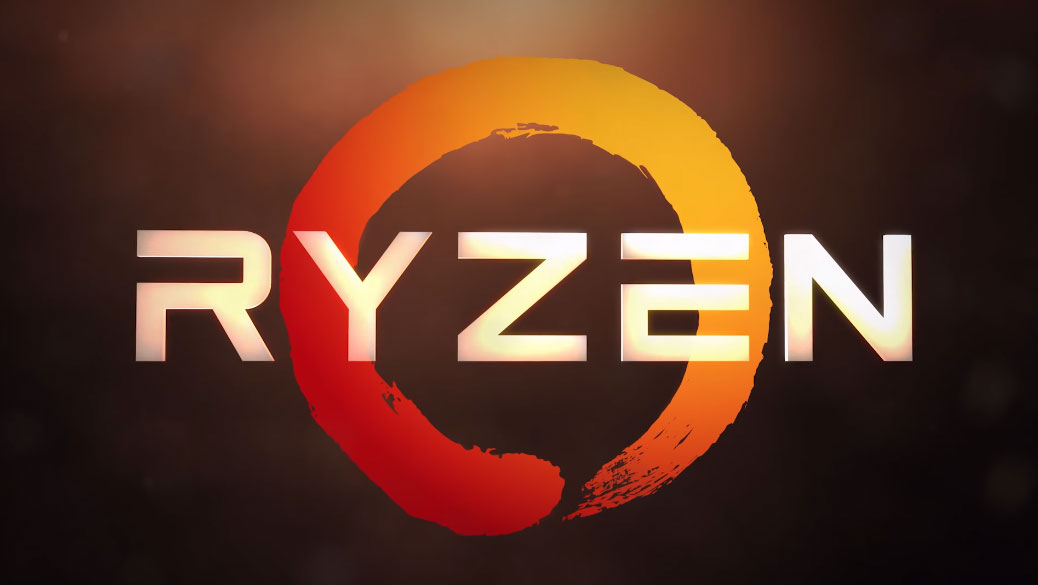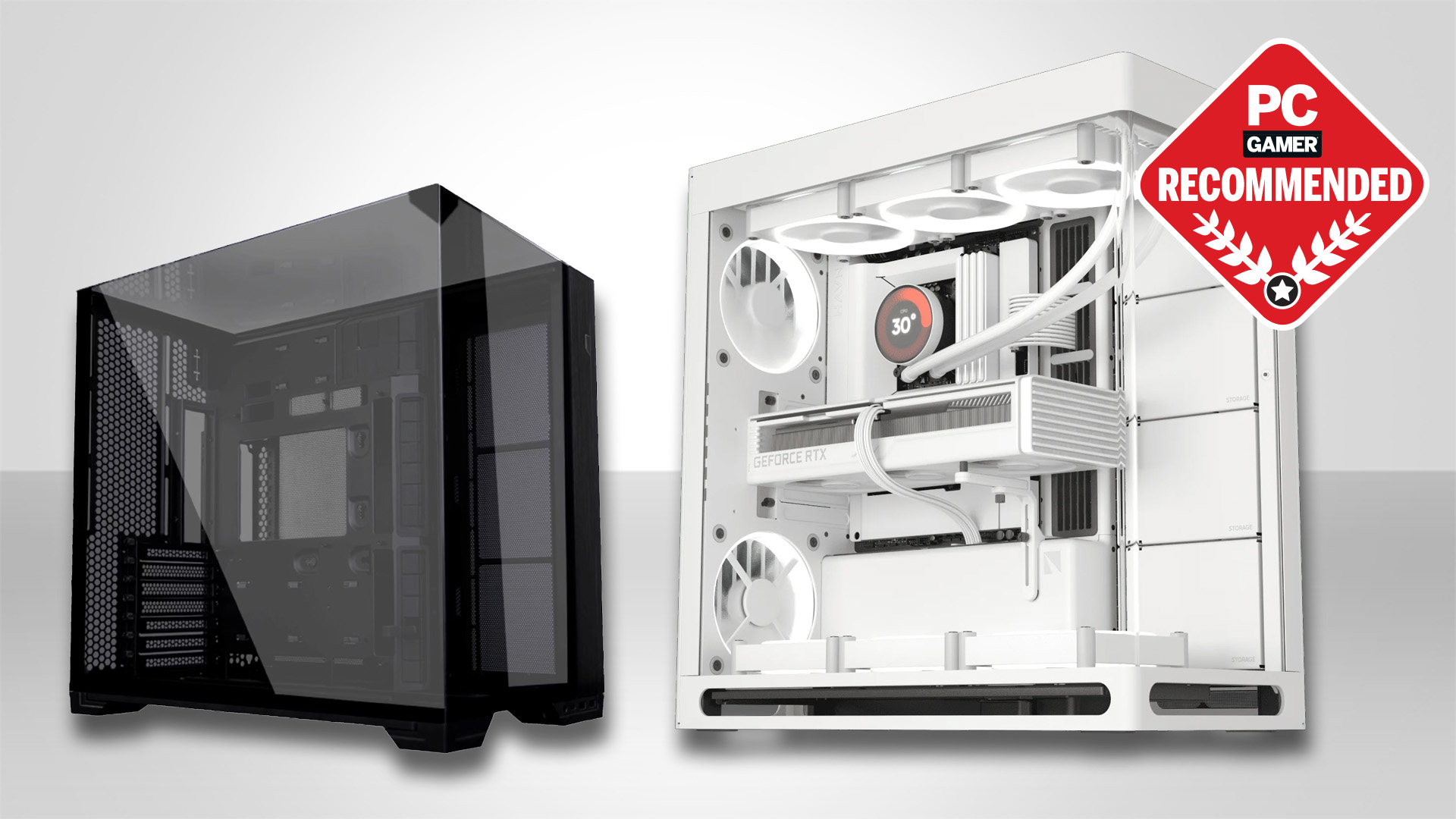Here’s your cheat sheet for AMD’s Zen-based CPU nomenclature
Making sense of AMD’s processor generations, models, and codenames
You're probably familiar with terms like Ryzen and Zen when it comes to the best CPUs for gaming, but the deeper you dive into AMD's modern processor architectures, codenames, and product releases, the more confusing it can be. Zen 2, for example, is actually the third generation of Zen, while a Ryzen 3000 series CPU can be either a second-gen or third-gen part. It can be a bit overwhelming for casual observers, and still difficult to navigate even if you follow tech more closely. Not to worry, though, I've put together a handy cheat sheet that you can reference as needed.
Let's start with Zen. That is the name of the underlying CPU architecture that AMD uses nowadays for the chips slotted into the best AMD motherboards, and has been since the introduction of its first-generation Ryzen processors, like the Ryzen 7 1700. There are now three generations of Zen, each built on a smaller manufacturing node than the last (which in turn has led to faster clockspeeds, improved power efficiency, and better performance). Here they are:
- Zen (14 nanometers)
- Zen+ (12 nanometers)
- Zen 2 (7 nanometers)
If things go to plan, there will be Zen 3 CPUs next year, built on a refined version of 7nm (called 7nm+). That will be the fourth generation of Zen.
This only slightly confusing, because logically, it would seem that Zen 2 is a second-generation product, but that slot is filled by Zen+. Where things take a turn for the quirky is with the numbering series that AMD uses for its APUs (Ryzen processors with integrated graphics) and desktop processors. Here's how it breaks down on the desktop, along with the codenames:
- 1st generation Ryzen (1000 series): Zen, 14nm—Summit Ridge
- 2nd generation Ryzen (2000 series): Zen+, 12nm—Pinnacle Ridge
- 3rd generation Ryzen (3000 series): Zen 2, 7nm—Matisse
From that, it's easy to tell that a Ryzen 7 1700 is a first-gen Ryzen processor based on 14nm Zen, whereas a Ryzen 7 2700X chip is a second-gen Ryzen CPU based on Zen+, and so on.
APUs are different though. There two generations of APUs:
- 1st generation Ryzen APU (2000 series): Zen, 14nm—Raven Ridge
- 2nd generation Ryzen APU (3000 series): Zen+, 12nm—Picasso
This is where the main confusion stems from, because the numbering scheme doesn't align with AMD's regular desktop Ryzen CPUs. For example, a Ryzen 5 2600H (APU) is based on first-gen Zen (14nm), but a Ryzen 5 2600 is a second-gen Zen+ (12nm) CPU. Also note that there are no second generation desktop APUs.
Keep up to date with the most important stories and the best deals, as picked by the PC Gamer team.
It's a bit much to keep track of, so to make things easier, I've listed every Ryzen CPU and APU, noting the architecture and codename. It's a long list, but here goes, starting with every first-gen Zen (14nm) processor (not including embedded offerings):
- Ryzen 3 1200—Zen (14nm), Summit Ridge (desktop CPU)
- Ryzen 3 1300X—Zen (14nm), Summit Ridge (desktop CPU)
- Ryzen 5 1400—Zen (14nm), Summit Ridge (desktop CPU)
- Ryzen 5 1500X—Zen (14nm), Summit Ridge (desktop CPU)
- Ryzen 5 1600—Zen (14nm), Summit Ridge (desktop CPU)
- Ryzen 5 1600X—Zen (14nm), Summit Ridge (desktop CPU)
- Ryzen 7 1700—Zen (14nm), Summit Ridge (desktop CPU)
- Ryzen 7 1700X—Zen (14nm), Summit Ridge (desktop CPU)
- Ryzen 7 1800X—Zen (14nm), Summit Ridge (desktop CPU)
- Ryzen Threadripper 1900X—Zen (14nm), Whitehaven (HEDT)
- Ryzen Threadripper 1920X— Zen (14nm), Whitehaven (HEDT)
- Ryzen Threadripper 1950X—Zen (14nm), Whitehaven (HEDT)
- Athlon 200GE—Zen (14nm), Raven Ridge (desktop APU)
- Athlon Pro 200GE—Zen (14nm), Raven Ridge (desktop APU)
- Athlon 220GE—Zen (14nm), Raven Ridge (desktop APU)
- Athlon 240GE—Zen (14nm), Raven Ridge (desktop APU)
- Ryzen 3 2200GE—Zen (14nm), Raven Ridge (desktop APU)
- Ryzen 3 Pro 2200GE—Zen (14nm), Raven Ridge (desktop APU)
- Ryzen 3 2200G—Zen (14nm), Raven Ridge (desktop APU)
- Ryzen 3 Pro 2200G—Zen (14nm), Raven Ridge (desktop APU)
- Ryzen 5 2400GE—Zen (14nm), Raven Ridge (desktop APU)
- Ryzen 5 2400G—Zen (14nm), Raven Ridge (desktop APU)
- Ryzen 5 Pro 2400G—Zen (14nm), Raven Ridge (desktop APU)
- Athlon Pro 200U—Zen (14nm), Raven Ridge (mobile APU)
- Ryzen 3 2200U—Zen (14nm), Raven Ridge (mobile APU)
- Ryzen 3 2300U—Zen (14nm), Raven Ridge (mobile APU)
- Ryzen 3 Pro 2300U—Zen (14nm), Raven Ridge (mobile APU)
- Ryzen 5 2500U—Zen (14nm), Raven Ridge (mobile APU)
- Ryzen 5 Pro 2500U—Zen (14nm), Raven Ridge (mobile APU)
- Ryzen 5 2600H—Zen (14nm), Raven Ridge (mobile APU)
- Ryzen 7 2700U—Zen (14nm), Raven Ridge (mobile APU)
- Ryzen 7 Pro 2700U—Zen (14nm), Raven Ridge (mobile APU)
- Ryzen 7 2800H—Zen (14nm), Raven Ridge (mobile APU)
Now here's a list every second-generation Zen+ (12nm) processor to date:
- Ryzen 3 2300X—Zen+ (12nm), Pinnacle Ridge (desktop CPU)
- Ryzen 5 2500X—Zen+ (12nm), Pinnacle Ridge (desktop CPU)
- Ryzen 5 2600E—Zen+ (12nm), Pinnacle Ridge (desktop CPU)
- Ryzen 5 2600—Zen+ (12nm), Pinnacle Ridge (desktop CPU)
- Ryzen 7 2700E—Zen+ (12nm), Pinnacle Ridge (desktop CPU)
- Ryzen 7 2700—Zen+ (12nm), Pinnacle Ridge (desktop CPU)
- Ryzen 7 Pro 2700X—Zen+ (12nm), Pinnacle Ridge (desktop CPU)
- Ryzen 7 2700X—Zen+ (12nm), Pinnacle Ridge (desktop CPU)
- Ryzen Threadripper 2920X—Zen+ (12nm), Pinnacle Ridge (HEDT CPU)
- Ryzen Threadripper 2950X—Zen+ (12nm), Pinnacle Ridge (HEDT CPU)
- Ryzen Threadripper 2970WX—Zen+ (12nm), Pinnacle Ridge (HEDT CPU)
- Ryzen Threadripper 2990WX—Zen+ (12nm), Pinnacle Ridge (HEDT CPU)
- Athlon 300U—Zen+ (12nm), Picasso (mobile APU)
- Athlon Pro 300U—Zen+ (12nm), Picasso (mobile APU)
- Ryzen 3 3200U—Zen+ (12nm), Picasso (mobile APU)
- Ryzen 3 3300U—Zen+ (12nm), Picasso (mobile APU)
- Ryzen 5 3500U—Zen+ (12nm), Picasso (mobile APU)
- Ryzen 5 3550H—Zen+ (12nm), Picasso (mobile APU)
- Ryzen 7 3700U—Zen+ (12nm), Picasso (mobile APU)
- Ryzen 7 3750H—Zen+ (12nm), Picasso (mobile APU)
And finally, here are the newly announced third-gen Zen 2 (7nm) processors. This list is short at the moment, but will undoubtedly grow in the near future:
- Ryzen 5 3600—Zen 2 (7nm), Matisse (desktop CPU)
- Ryzen 5 3600X—Zen 2 (7nm), Matisse (desktop CPU)
- Ryzen 7 3700X—Zen 2 (7nm), Matisse (desktop CPU)
- Ryzen 7 3800X—Zen 2 (7nm), Matisse (desktop CPU)
- Ryzen 9 3900X—Zen 2 (7nm), Matisse (desktop CPU)
Hopefully some of you will find this helpful. When in doubt about a particular CPU/APU model, just refer to the above to know what generation of Zen it is based on.
Paul has been playing PC games and raking his knuckles on computer hardware since the Commodore 64. He does not have any tattoos, but thinks it would be cool to get one that reads LOAD"*",8,1. In his off time, he rides motorcycles and wrestles alligators (only one of those is true).



